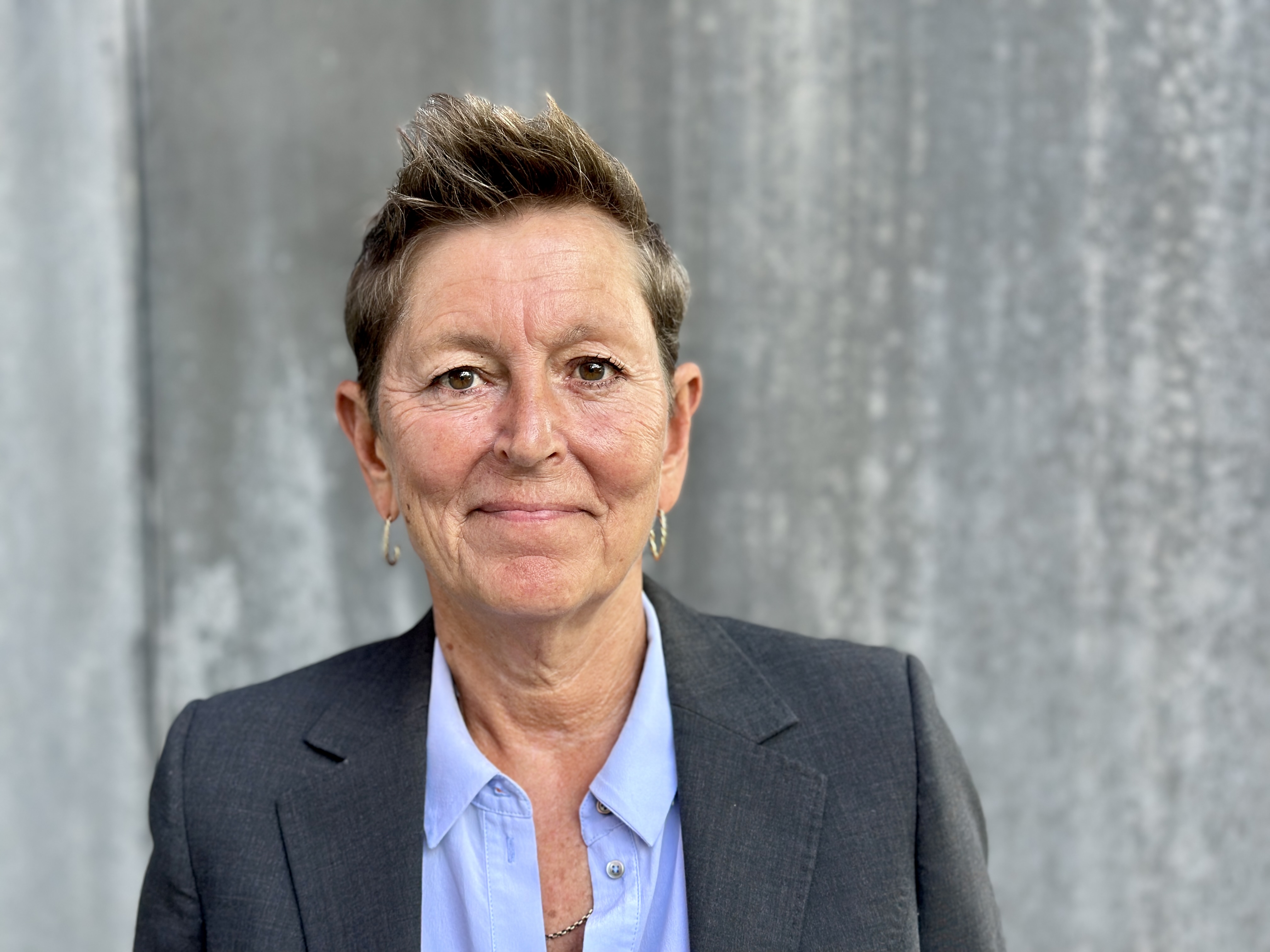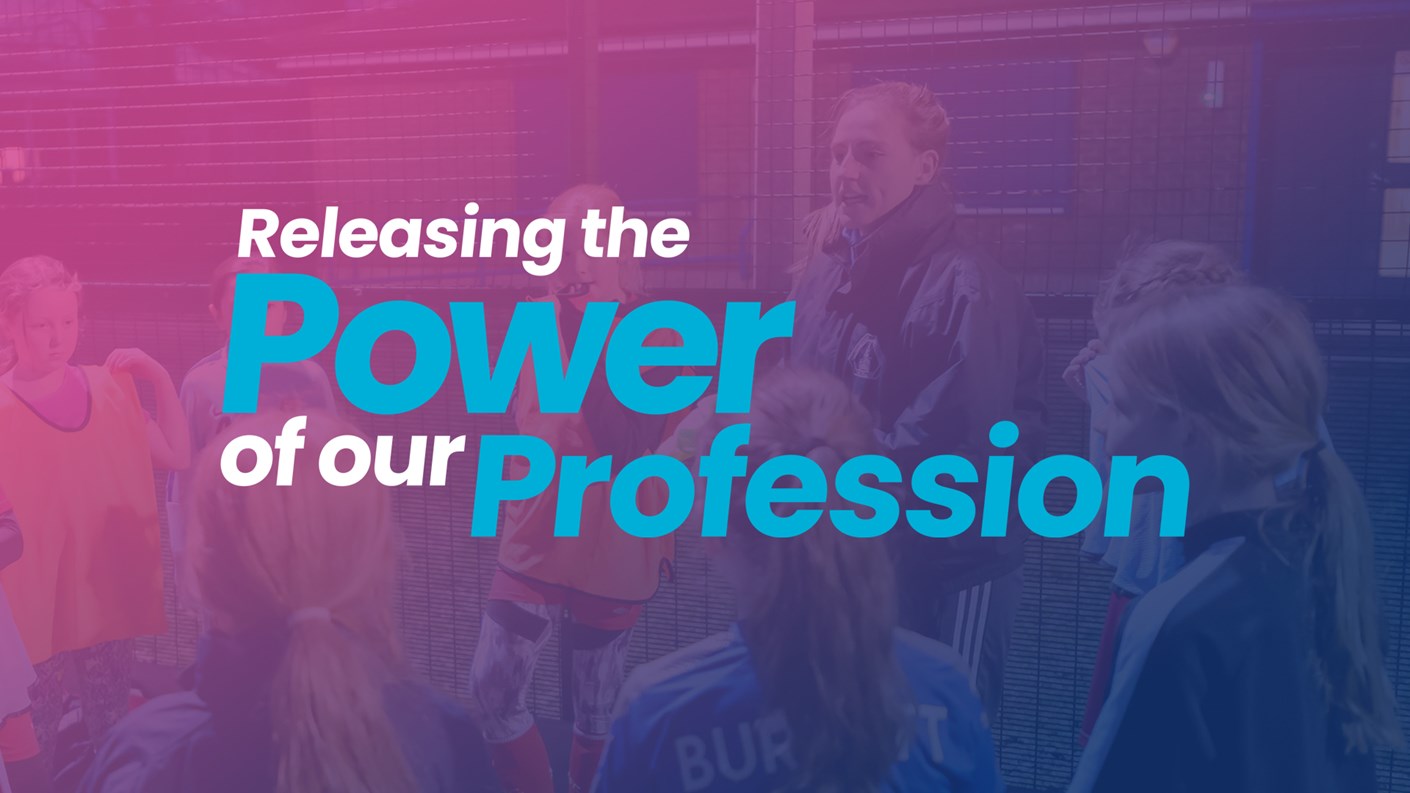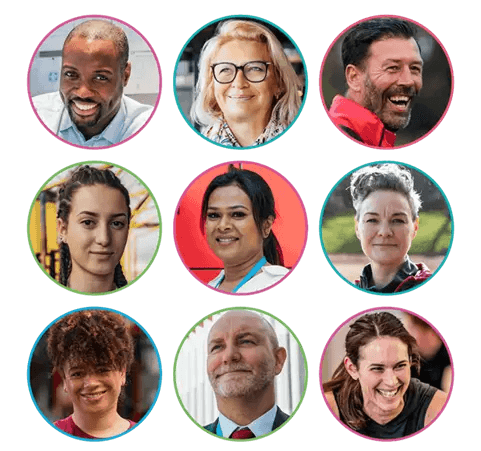Releasing the Power of our Profession: Building sustainable careers

Our Strategy, Releasing the Power of our Profession, sets out CIMSPA’s commitment to delivering individual and collective professional recognition for those working in the sport and physical activity sector. The sector workforce makes an immense contribution to the physical and mental health and wellbeing of the population, to social cohesion, to the engagement of everyone in communities and to the economic prosperity of the country.
In our latest deep dive blog, Tara Dillon, CEO of CIMSPA, explores how professional recognition is a vital tool in recruiting and retaining talent in the sector, and the steps we need to take to inspire and attract a pipeline of future professionals.
"What do you want to be when you grow up?” It’s one of those questions we were all asked in our youth. Whether it be from a well-meaning extended family member or maybe a teacher on the first day of school. In truth, most of us have probably asked that question to young members of our family or the offspring of friends.
It seems like a fairly simple, innocuous question.
Most of the time, it will yield a response in line with what the person posing the question intended, a career. “I want to be a nurse”, “I want to be a biomechanical engineer”, or, in the case of one friend’s seven-year-old, “I want to be a dinosaur”! Sometimes, the response might be less specific and relate to an ambition to work in a certain industry or to do a certain type of role such as one that’s creative or involves science. And then, of course, there’s the relatively common, “I don’t know” response.
But let’s think about that question a bit more deeply.
“What do you want to BE when you grow up?”
Yes, careers and job roles are a key part of our identity. They are a crucial part of our lives and who we are. But if we’re truly thinking about what we want to ‘be’, the conversation around career choice takes on greater meaning.
It’s not a stretch to picture this conversation:
Young person: “I want to be a lifeguard”
Parent: “But that’s not a proper job. You need a long-term career, something that leads somewhere. You’ll never make money and be respected doing that.”
Now, there’s a lot to unpack in that conversation but a key element is what we value in what people want to ‘be’.
What is the motivation for wanting to be a lifeguard? Undoubtedly there will be a number, but “making a difference” and “saving lives” will probably be pretty high up on the list. We can debate the ‘value’ placed on that, and we cannot hide from the fact that financially, we do not value that motivation or the responsibilities of a number of roles in our sector. More on that shortly.
One thing that it’s important to recognise is how career motivations differ by generation. And the motivations of the generation entering the workforce today are quite different to those of their parents and grandparents.
Research carried out last year by the Institute of Student Employers found that the primary motivation for almost three quarters of young people when they are choosing a career is how well it aligns with their passions and talents, with 57% also stating that a career being ‘meaningful work’ is key to their decision making.
Along the same lines, research by the Princes Trust (now the Kings Trust) into what Gen Z are looking for in their dream job found that 64% were prioritising work that would make them happy, followed by 60% stating that doing something that they enjoy is a key motivation.
It could be argued that there is a naivety of youth at play here. I can hear many people from my generation and others saying, “happiness, passions and enjoyment won’t pay the bills”. But what can’t be ignored is that younger generations are approaching how they think about a career differently.


